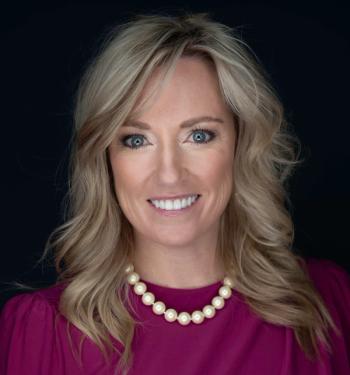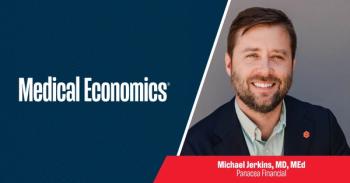
The link between diagnostic reasoning and implicit bias in patient care

Recognizing implicit bias in decision making helps doctors improve their diagnostic accuracy.
Recognizing implicit bias in decision making not only improves the quality of care for patients from historically marginalized groups, but helps doctors improve their diagnostic accuracy.
That was the message Denise Connor, MD, associate professor of clinical medicine at the University of California-San Francisco, delivered during the virtual session “Improving diagnostic reasoning: recognizing and addressing errors from implicit bias in patient care” on day one of the American College of Physicians Internal Medicine Meeting 2021.
“Implicit bias can affect our judgments and decision-making as clinicians, which can lead to disparities in health outcomes,” Connor said. “That’s especially true when we’re in realms that are complex, when we’re under time pressure and when we’re operating outside of established relationships,” she said.
Achieving better diagnostic accuracy depends to a great extent on communication skills, Connor added, because “99% of diagnosis is in the history, so our relationship and ability to communicate with them is critical to diagnosis accuracy.”
Moreover, patients often evaluate the overall quality of the care they receive based on their perception of communication quality, which in turn affects their level of engagement. In particular, Black patients being treated by White providers are more likely to respond positively to a collaborative communication style. “So communication becomes even more important when we’re communicating across differences,” Connor said.
Connor offered a variety of tools clinicians can use to improve diagnostic communication, starting with “cognitive reappraisal” the idea that reframing negative experiences in a positive way is better than trying to ignore or suppress them.
“Reappraisal has been shown to increase positive emotions and benefit relationships, facilitate empathy and increase our ability to take in new information,” she said. In contrast, trying to suppress feelings caused by negative experiences can lead to problems with interpersonal relationships, reduce our ability to take in information, and even increase patients’ stress levels, she said.
Another helpful technique is to acknowledge feelings of fear or anxiety before treating a patient. “Just saying ‘I’m feeling anxious’ out loud before going into a patient’s room can be a positive thing,” she said. “To name it is to tame it.”
Engaging in mindfulness and stress reduction before potentially stressful patient encounters has been shown to reduce discriminatory behaviors and levels of bias, according to Connor. These can be as simple as engaging in moments of “’grounding gratitude’ for the trust patients are placing in you, or a mindful breath. Those quick actions can make a big difference in how the interaction goes,” she said.
Finally, empathy is a powerful tool in overcoming bias and improving communication, but it is “context-dependent,” Connor said. “We are more likely to feel empathy for someone we see as part of our own group versus someone we don’t identify with. So we have to ask ‘how can we reframe our relationship with a patient as a partnership so we feel like we’re both in the same group?’”
Connor noted that trying to overcome implicit bias and improve diagnostic communication has benefits that extend beyond patients from historically marginalized groups.“
Connor noted that doctors’ extensive training, specialized language and other attributes lead to communication challenges with all patients, regardless of their background. Consequently, “if we think about how to improve experiences for groups that historically have been marginalized in health care, those same interventions are going to benefit all our patients.”
Newsletter
Stay informed and empowered with Medical Economics enewsletter, delivering expert insights, financial strategies, practice management tips and technology trends — tailored for today’s physicians.




